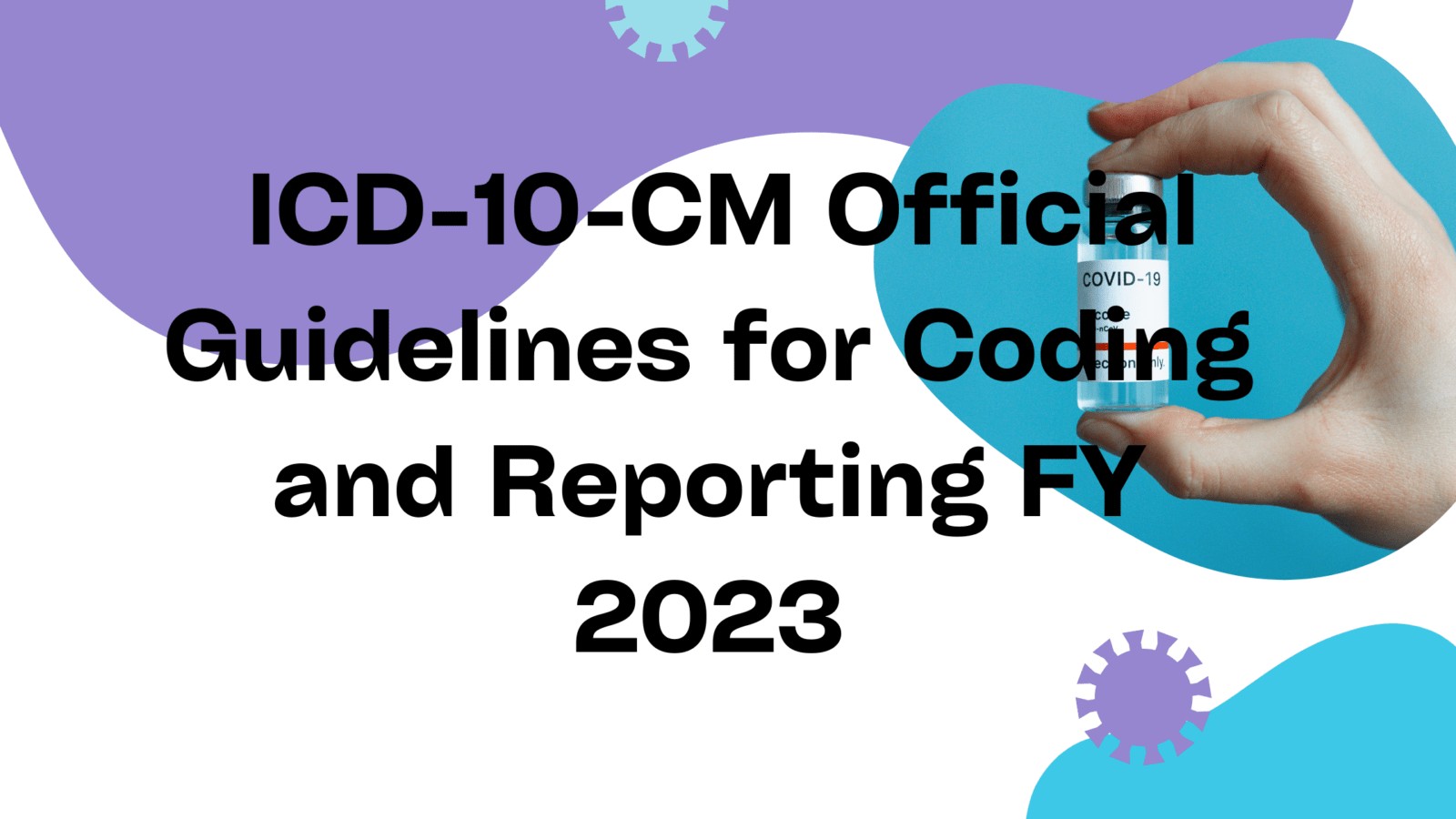CMS- Centers for Medicare and Medicaid Services and NCHS- National Center for Health Statistics , these 2 departments of Government of the U.S. Department of Health and Human Services (DHHS) provides the guidelines for coding and reporting using the ICD codes which are known as International Classification of Diseases, 10th Update and Revision, Clinical Modification (ICD-10-CM). All these guidelines should be used as a companion document to the official version of the ICD-10-CM as published on the NCHS official website.
The ICD-10-CM is a disease classification which is published by the USA government for classifying diagnoses and their reasons for visits in all healthcare related issues. The ICD10-CM is based on the ICD-10, and thisl classification of disease published by the WHO– World Health Organization.
All these guidelines have been approved by the 4 top most reliable and govt approved organizations that make up the Cooperating Parties for the ICD-10-CM. These organizations list are as under
1– AHA- American Hospital Association
2– AHIMA- American Health Information Management Association ,
3– CMS- Centers for Medicare and Medicaid Services, and
4– NCHS- National Center for Health Statistics.
These guidelines are the set of rules that have been developed to accompany and complement the official conventions and instructions provided within the ICD-10-CM itself.
The instructions of the classification take precedence over guidelines. All these guidelines are based on the coding and arranging instructions in the “Tabular List and Alphabetic Index of ICD-10-CM”. with additional instruction. Adherence to these guidelines when assigning ICD-10-CM diagnosis codes is required under rule of HIPAA – Health Insurance Portability and Accountability Act. The dx codes or diagnosis codes have been adopted under the rule of HIPAA for all healthcare issues. A combined practice between the healthcare provider and the coder is necessary to achieve complete and accurate documentation, code assignment, and reporting of diagnoses and procedures.
All these guidelines have been developed to provide assistance both the provider or doctor and the Medical coder in identifying those diagnoses that are to be reported in claim.The significance of harmonious, complete attestation in the medical record can not be overemphasized. Without similar attestation accurate coding can not be achieved.
The entire medical record should be reviewed to determine the particular reason for the encounter and the conditions which were diagnosed and treated. The term encounter is used for all issues, including hospital admissions. The term provider is used in the guidelines to mean doctor or physician or any qualified healthcare practitioner who is legally accountable for the patient’s treatment. All these sets of guidelines, approved by the Cooperating Parties.
These all guidelines are organized into 4 sections.
Section I –
It includes the structure and conventions of the classification and general guidelines that apply to the entire classification, and chapter-specific guidelines that correspond to the chapters as they are arranged in the classification.
Section II-
It includes guidelines for selection of principal diagnosis for non-outpatient settings.
Section III –
In this section it includes guidelines for reporting additional diagnoses in non-outpatient settings.
Section IV –
This section is for outpatient coding and reporting. It is necessary to review all sections of the guidelines to fully understand all of the rules and instructions needed to code properly.
For ICD-10-CM Official Guidelines for Coding and reporting financial year 2023 complete information please go through the below official pdf
Reference Document :
ICD-10-CM Official Guidelines for Coding and Reporting FY 2023 Pdf

